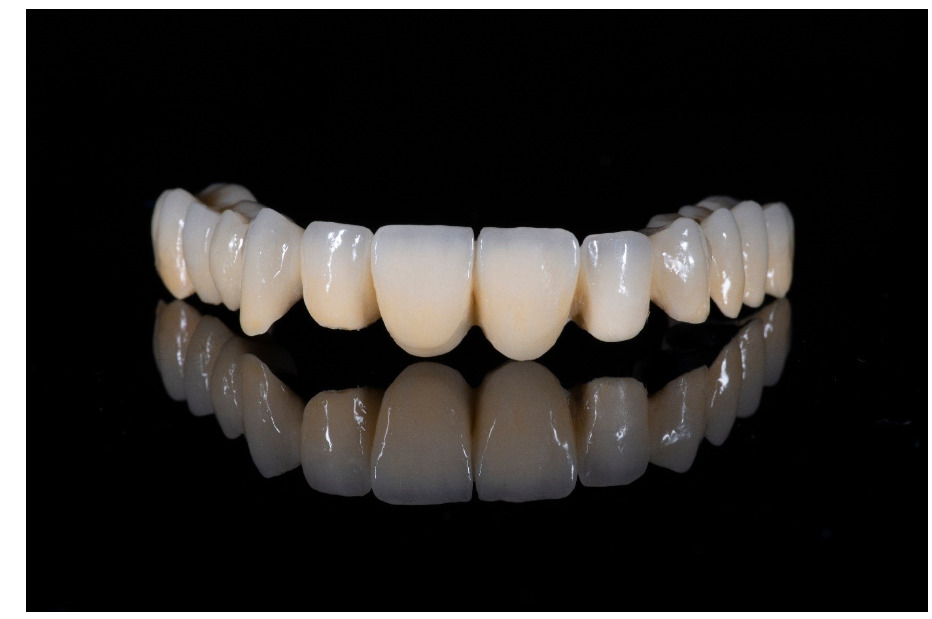Table of Contents
Introduction
Human teeth not just provide an aesthetic appeal, but serve critical functions in biting, chewing, speaking, and overall oral health.

Anatomy of Human Teeth
Human teeth are hard, calcified structures embedded in the jawbones (thecodont dentition). Each tooth consists of three main parts: the crown, neck and the root. The crown is the visible portion above the gum line, while the root anchors the tooth within the jawbone. Teeth are composed of different tissues, including enamel, dentin, cementum, and pulp.
- Enamel: It is the outermost layer of the tooth and is the hardest substance in the human body. It protects the underlying dentin and provides strength to withstand the forces of biting and chewing.
- Dentin: It lies beneath the enamel and forms the bulk of the tooth. It is a dense, mineralised tissue that provides support to the enamel.
- Cementum: It covers the root surface of the tooth and anchors it to the jawbone by periodontal ligaments.
- Pulp: It is the soft, innermost portion of the tooth that contains blood vessels, nerves, and connective tissues. It provides nourishment to the tooth during development and senses temperature, pain, and other stimuli.
Types of Teeth
Humans have different types of teeth (heterodont dentition), each with a specific function in the chewing process:
- Incisors: The incisors are sharp and chisel-like in shape, located in front of the mouth. They help in biting and cutting food.
- Canines: They are pointed teeth on either side of the incisors. They help tear and grasp food.
- Premolars (Bicuspids): They are located behind the canines and have a flat surface with cusps. They aid in grinding and crushing food.
- Molars: Molars are the broad teeth with flat surface at the back of the mouth. They are the largest teeth which are primarily responsible for grinding and chewing food.
Dental formula
The dental formula is a way to represent the number and types of teeth in the mouth of a particular species. It provides a standardised method to describe the arrangement of teeth in the upper and lower jaws. The dental formula is typically written using a specific format that indicates the number of teeth in each dental group. Here is an example of a human dental formula:
The human dental formula (2123/2123) indicates that there are 2 incisors, 1 canine, 2 premolars, and 3 molars on one side of the mouth for both the upper and lower jaws.
The dental formula of milk teeth is 2102/2102.
It’s important to note that the dental formula can vary among different species. For example, the dental formula for other mammals like dogs, cats, or horses may be different from that of humans.
Importance of Dental Care
Proper dental care is crucial for maintaining oral health and preventing dental problems such as tooth decay, gum disease, and tooth loss. Some of the measures to be taken for the oral care are:
- Brushing and Flossing: Regular brushing with a fluoride toothpaste and flossing help remove plaque, a sticky film of bacteria that can cause tooth decay and gum disease.
- Dental Check-ups: Regular visits to the dentist for check-ups and cleanings allow for early detection and treatment of dental issues.
- Healthy Diet: A balanced diet rich in nutrients, low in sugary foods and drinks, and high in fruits and vegetables contributes to overall oral health.
- Avoiding Tobacco and Limiting Alcohol: Tobacco use and excessive alcohol consumption have detrimental effects on oral health, including an increased risk of oral cancer and gum disease.
Frequently asked questions on Human Teeth
How many teeth do adults typically have?
An adult human typically has 32 teeth, including 8 incisors, 4 canines, 8 premolars, and 12 molars (including 4 wisdom teeth).
What are wisdom teeth?
Wisdom teeth, also known as third molars, are the last teeth to erupt in the mouth. They usually appear between the ages of 17 and 25. However, not everyone develops wisdom teeth, and in some cases, they may be impacted (unable to fully emerge) or cause oral health issues, requiring their removal.
What is tooth enamel?
Tooth enamel is the outermost layer of the tooth and is the hardest substance in the human body. It protects the underlying dentin and helps to prevent tooth decay and sensitivity.
What causes tooth decay?
Tooth decay, also known as dental caries or cavities, is primarily caused by the interaction of bacteria in the mouth with sugars and starches from food and drinks. The bacteria produce acids that attack the tooth enamel, leading to decay if not properly treated.
How often should I brush my teeth?
It is recommended to brush your teeth at least twice a day, ideally in the morning and before bedtime. Use a fluoride toothpaste and a soft-bristled toothbrush, and brush for about two minutes each time.








